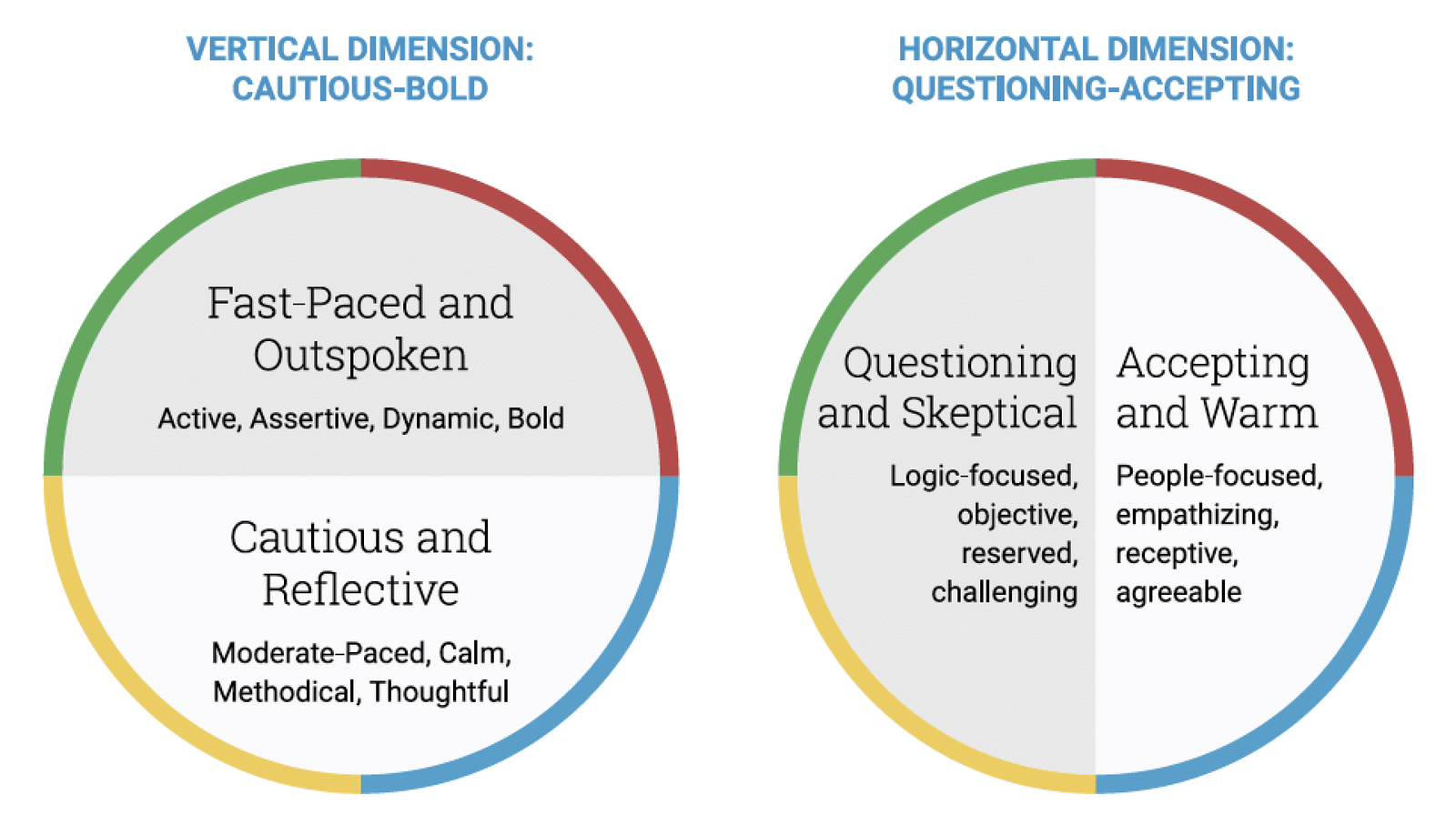7 Powerful Ways to Use DiSC Profiles in the Workplace
DiSC profiles are more than just personality tests – they are practical tools that help people understand themselves and others in a deeper, more meaningful way. Rooted in decades of behavioral research, the Everything DiSC® methodology offers a framework for building more effective relationships, teams, and leaders.
If you’ve ever wondered how to use DiSC profiles beyond just a one-time training, this article explores 7 practical and high-impact uses for DiSC in organizations of all sizes.
1. Improve Team Communication and Collaboration
Authentic communication goes beyond simply speaking and listening. It involves understanding different perspectives, motivations, and behavioral cues. DiSC profiles help teams:
- Identify and understand their own communication styles
- Adapt to colleagues with different preferences
- Reduce misunderstandings and promote trust
When teams use DiSC, they gain a common language to talk about differences productively, which leads to more open, respectful collaboration.
Pro Tip: Use DiSC group reports during team workshops to visualize team dynamics and identify communication gaps.
2. Create a Common Language for Relationships at Work
One of the most powerful outcomes of DiSC is the shared vocabulary it creates across teams and departments. Whether you’re giving feedback, assigning projects, or managing client expectations, DiSC makes it easier to:
- Express behavioral preferences
- Understand how others approach problems or decisions
- Discuss workstyle differences without judgment
This shared language boosts emotional intelligence and makes everyday interactions smoother.
3. Reduce and Manage Conflict More Effectively
Conflict is natural – but when mishandled, it’s costly. DiSC helps teams understand:
- How each style reacts to conflict
- What triggers stress or resistance
- How to navigate tension constructively
By promoting empathy and awareness, DiSC provides a non-blaming framework for conflict resolution. This leads to better team morale and faster issue resolution.
4. Strengthen Leadership and Management Skills
DiSC helps managers:
- Understand their own leadership approach
- Learn how to motivate and delegate to different styles
- Build stronger relationships with team members
Managers become more self-aware and adaptable, which enhances team performance and employee engagement.
Leadership development is one of the top long-term applications of DiSC profiles.
5. Enhance Sales Relationships and Customer Communication
In sales, one size never fits all. DiSC helps sales professionals:
- Read customer behavior and preferences
- Tailor communication and presentations accordingly
- Build trust with customers of all DiSC styles
Everything DiSC® Sales transforms transactional selling into relationship-based selling – resulting in better customer satisfaction and higher conversion rates.
6. Increase Self-Awareness and Emotional Intelligence
We all have blind spots. DiSC profiles serve as a behavioral mirror, showing individuals how their actions and communication come across to others. This insight helps:
- Identify strengths and challenges
- Make intentional behavior changes
- Develop more authentic and productive work relationships
Raising self-awareness is the foundation of effective teamwork and leadership. By combining the personalized insights of DiSC with active emotional intelligence development, people can discover an agile approach to workplace interactions and learn to navigate outside their comfort zone, empowering them to meet the demands of any situation.
7. Hire and Onboard Employees Who Truly Fit the Team
While DiSC should never be used as a selection tool, it can be a valuable support in the onboarding and integration process. When new team members understand their own style and their teammates’ preferences early on, it accelerates:
- Relationship building
- Cultural fit
- Productive collaboration
It’s especially useful when combined with team coaching or role-specific development plans.
Final Thoughts
There are many personality tools out there, but Everything DiSC® stands out for its practical application in everyday work life. Whether you’re trying to improve communication, reduce conflict, boost sales, or build stronger leaders, DiSC provides a clear, research-based roadmap.
If you’re curious about bringing DiSC into your team or organization, we’re happy to help you get started.
Contact us at info@ipbpartners.eu for a free consultation or demo.
You might also be interested in

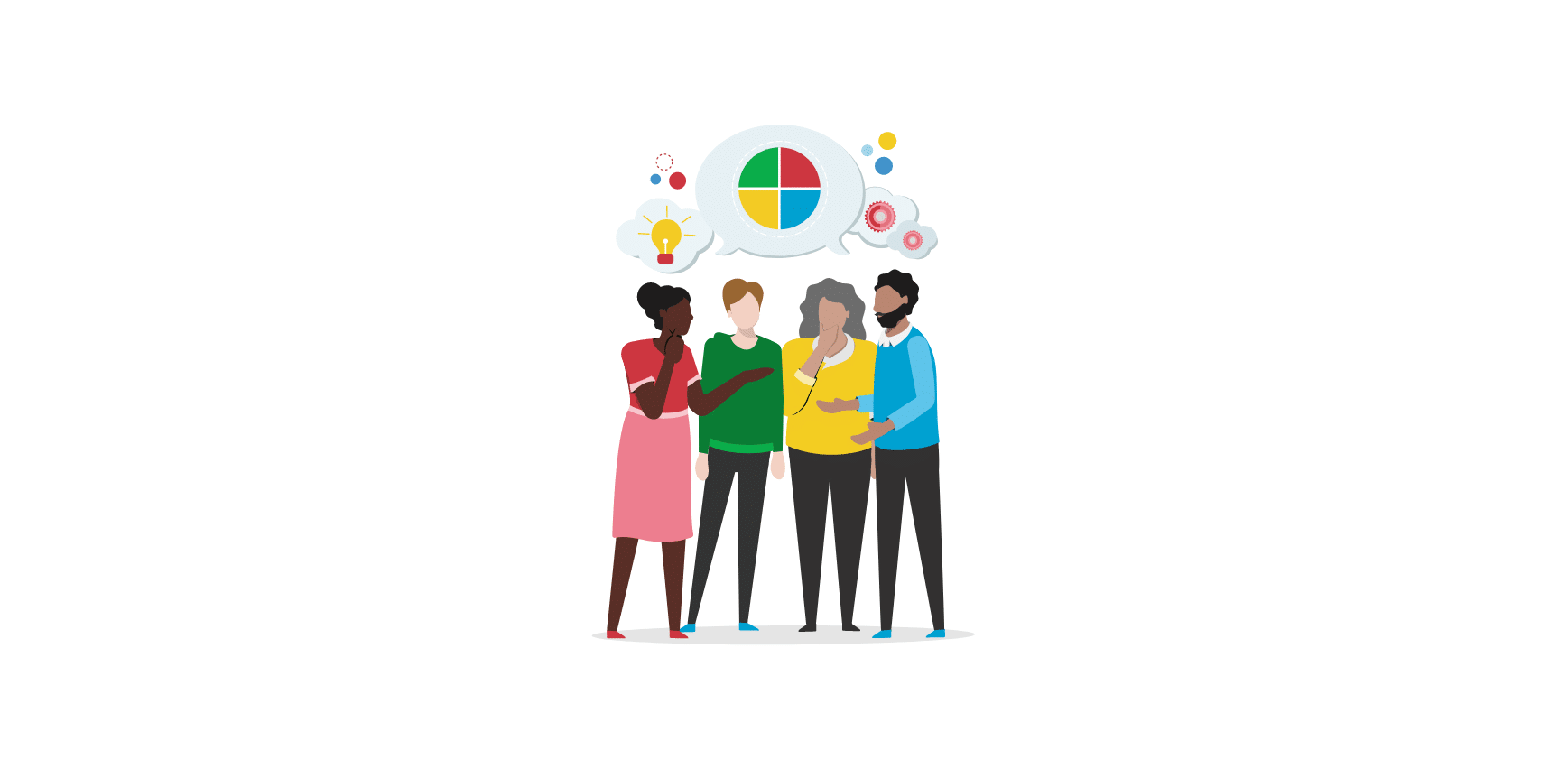



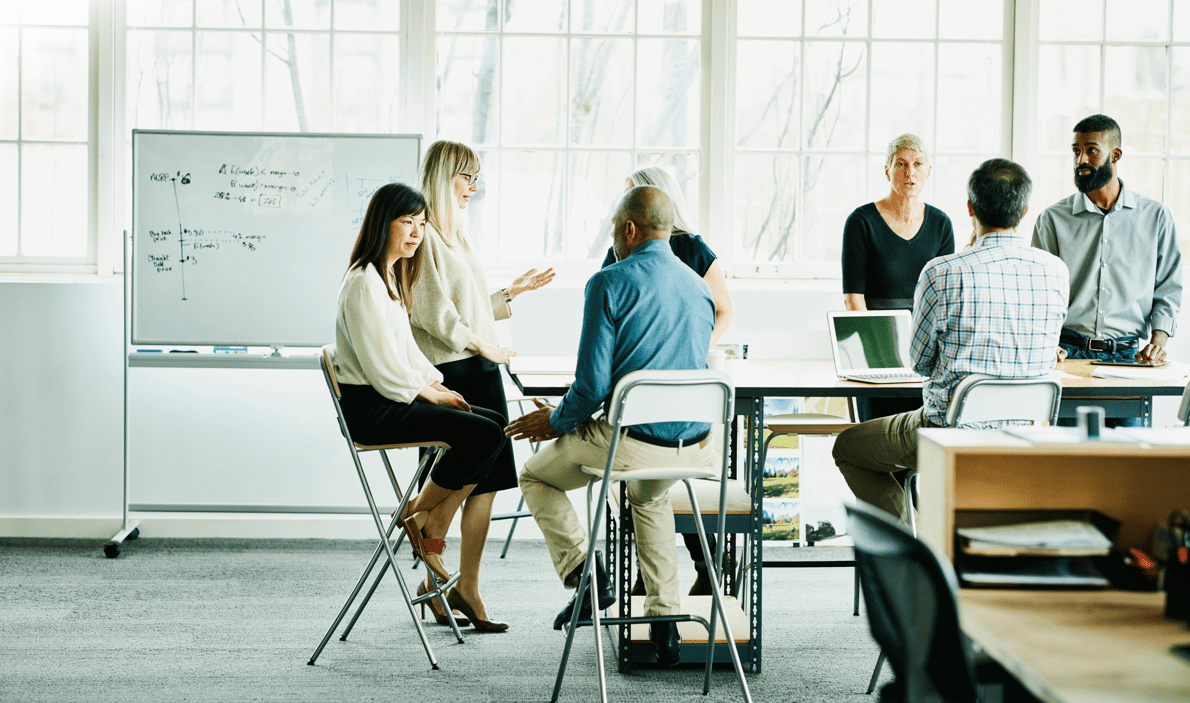

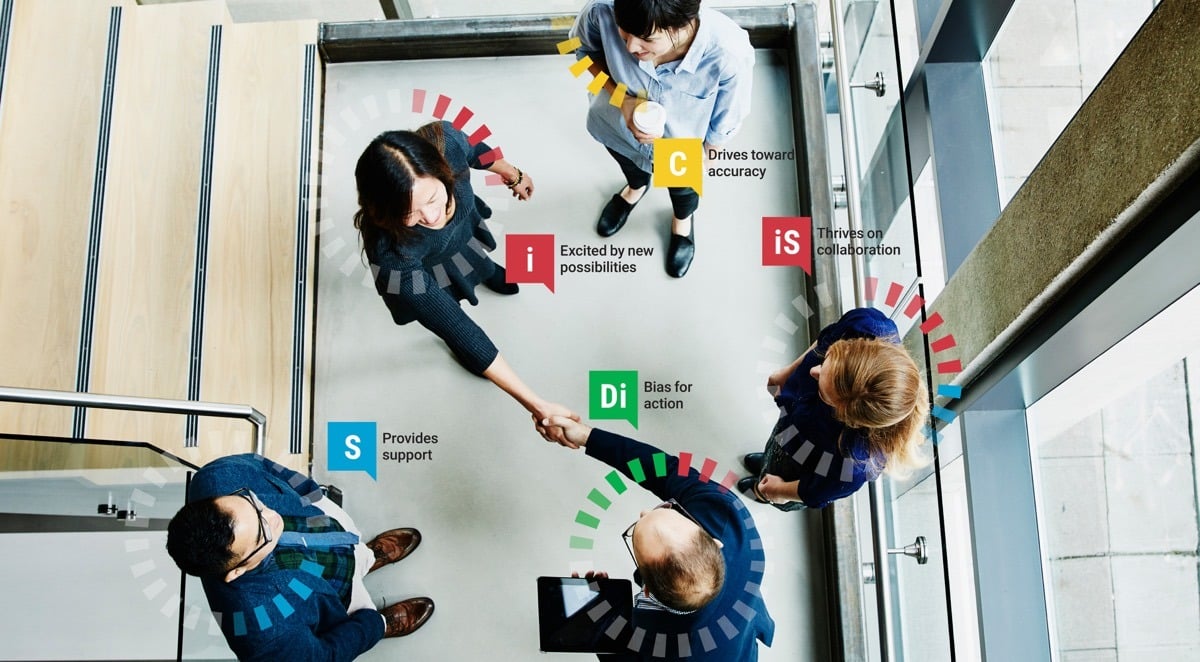
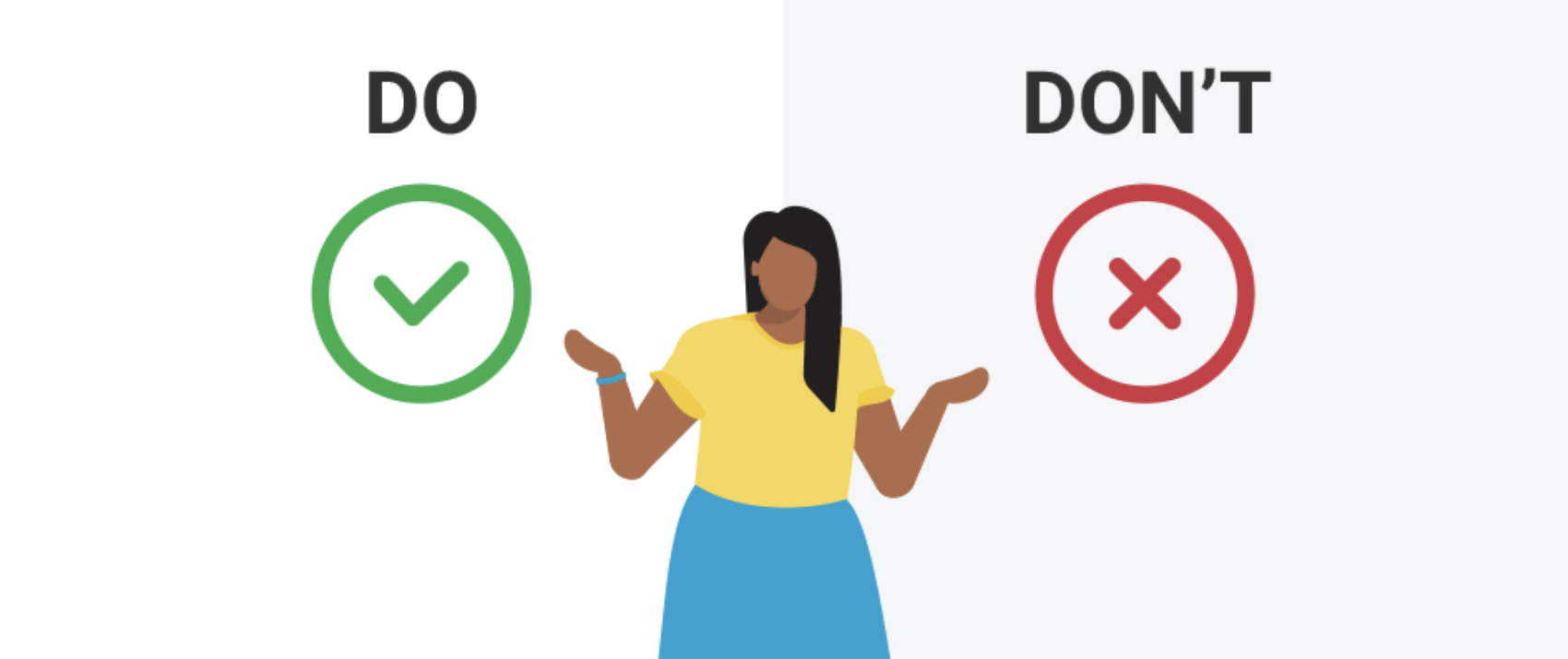
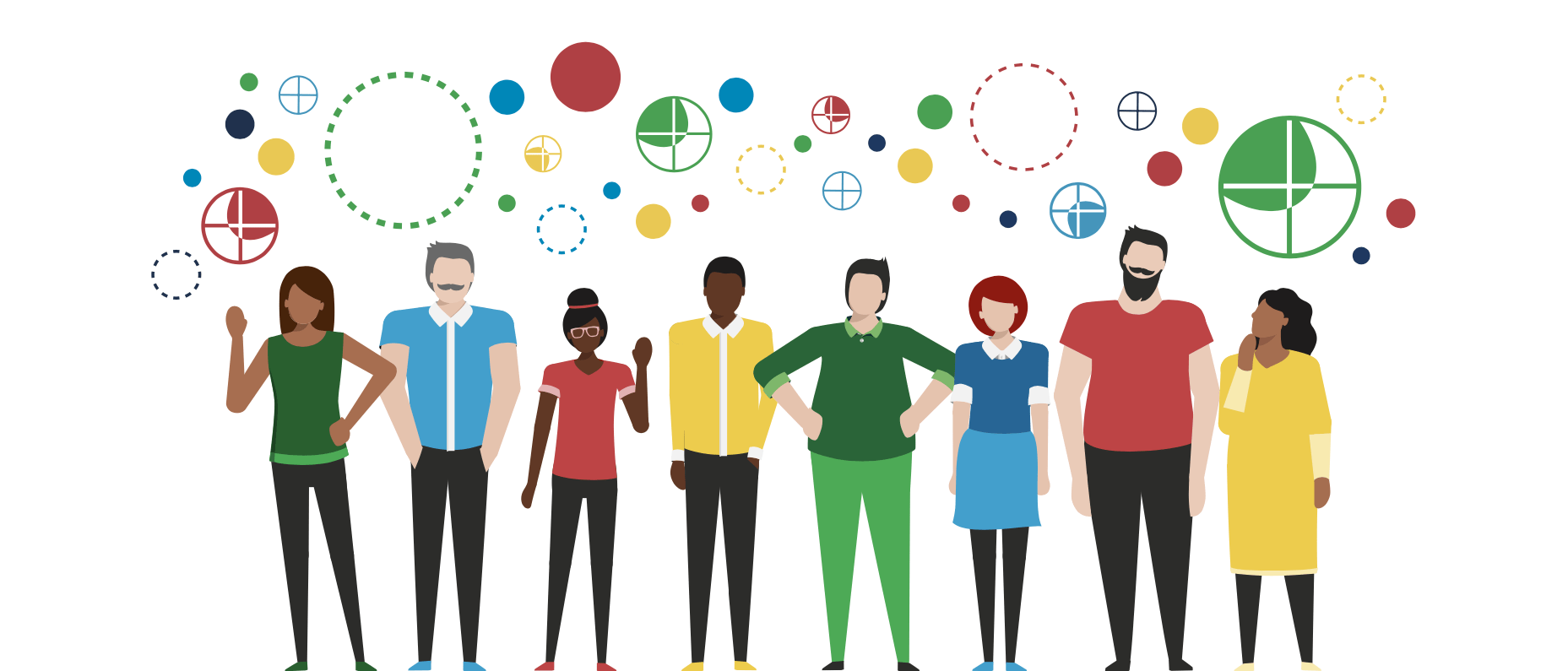
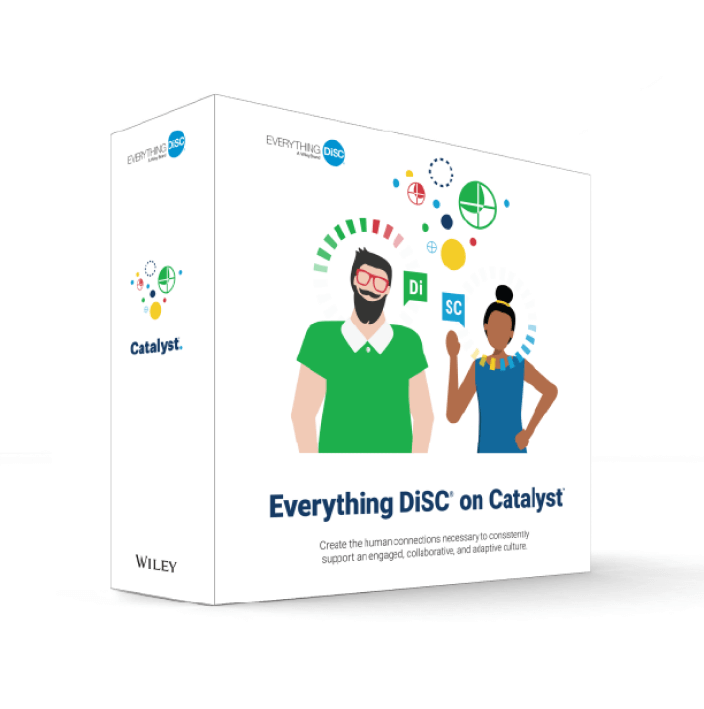










 D-style: Direct and Results-Oriented
D-style: Direct and Results-Oriented i-style: Enthusiastic and People-Focused
i-style: Enthusiastic and People-Focused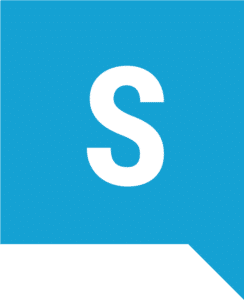 S-style: Steady and Supportive
S-style: Steady and Supportive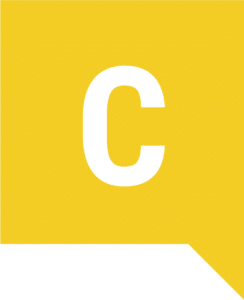 C-style: Analytical and Precise
C-style: Analytical and Precise
